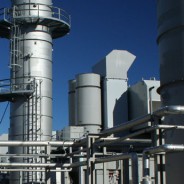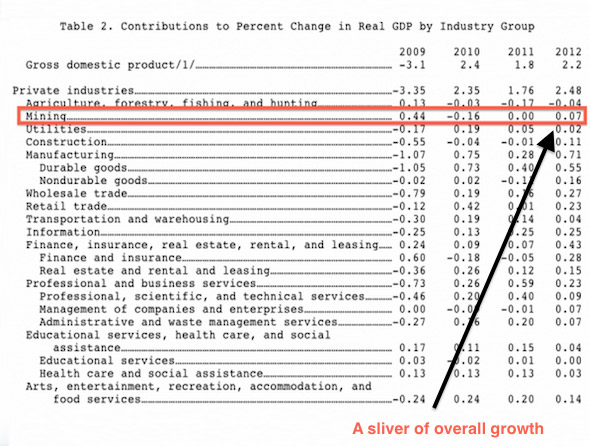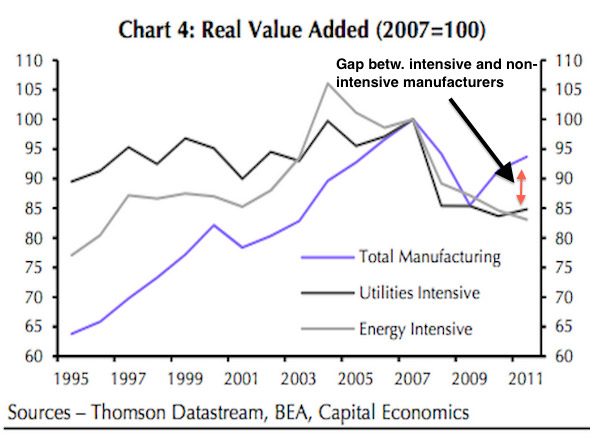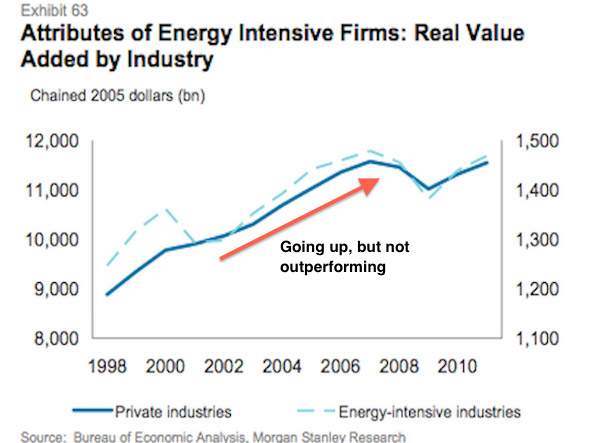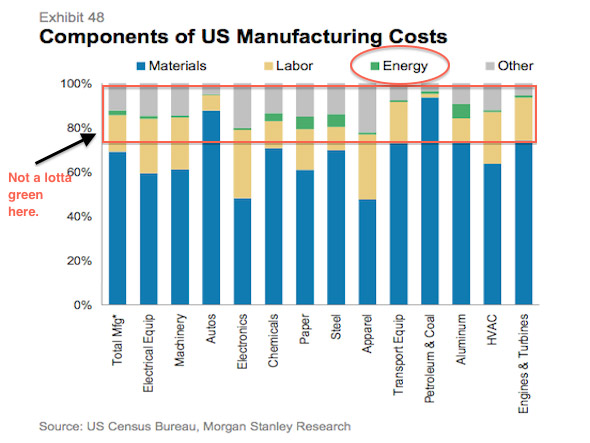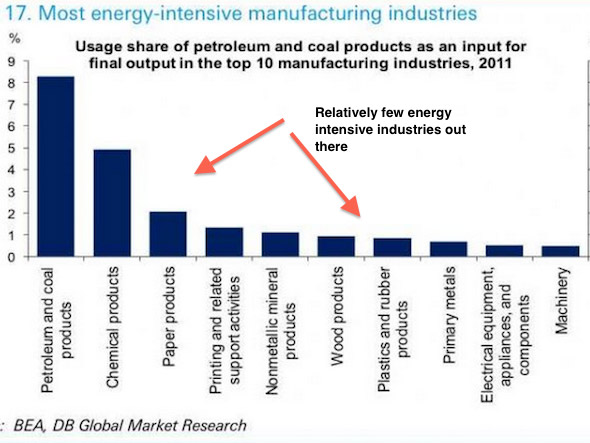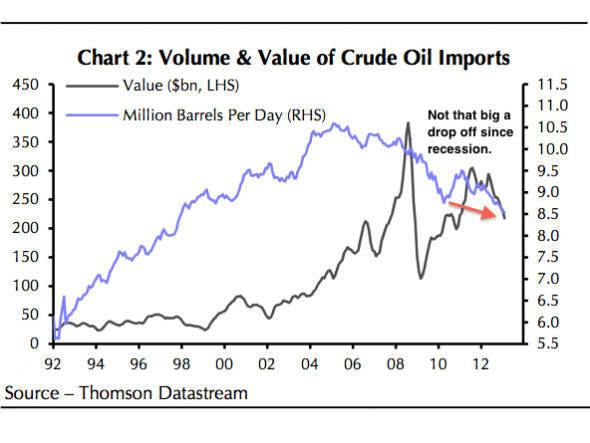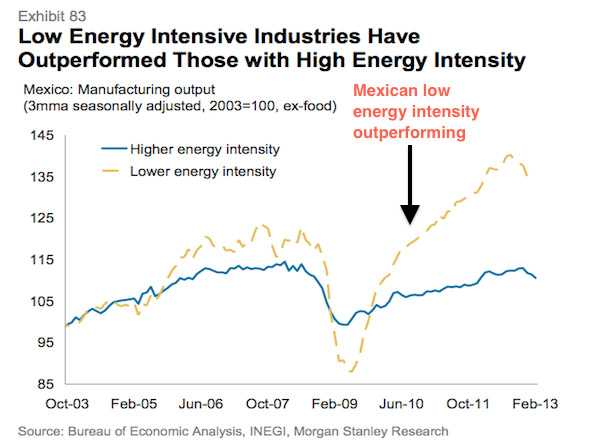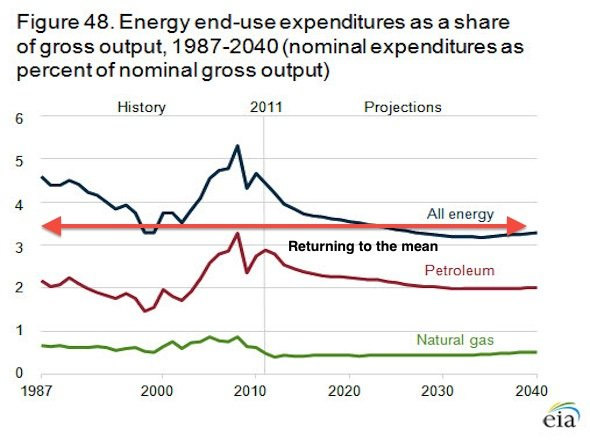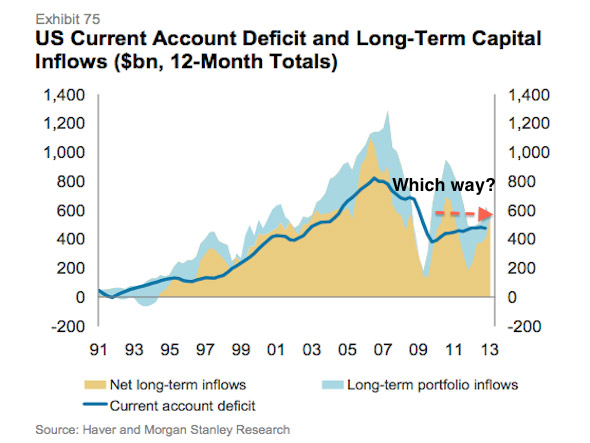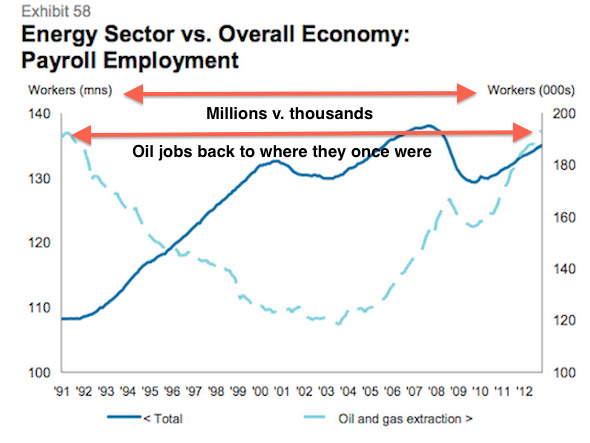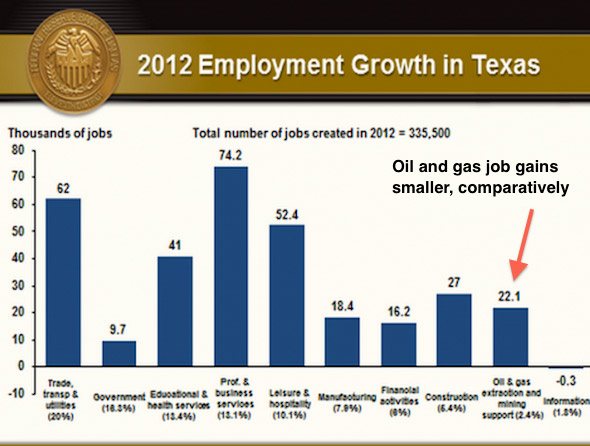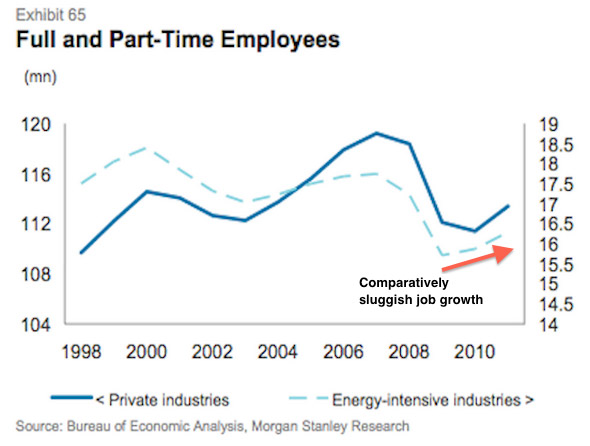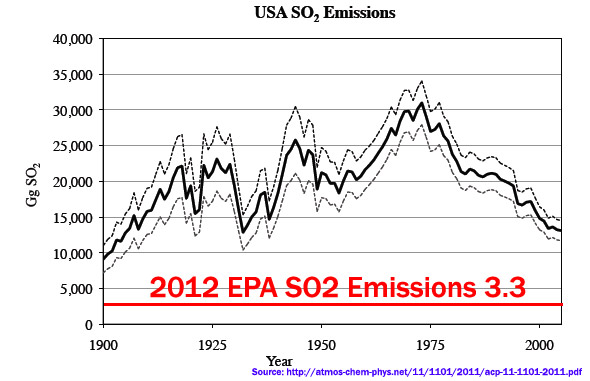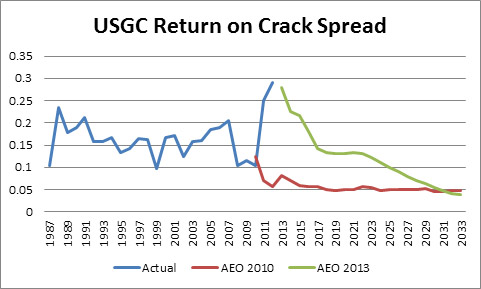Study vs. Advocacy – Wind Generation
I recently came across this “study” – The Net Benefits of Increased Wind Power in PJM – done by Synapse Energy Economics for Americans for a Clean Energy Grid. Based on the information on the website from their website they seem to be a very credible organization. However I think the “study” shows that they are smart enough to manipulate the setup and presentation to create a document to their client’s desire. The study became an advocacy piece and those calling it a study better review it first.
The first alarm bell from any study requiring a model, particularly the power markets, there needs to be back test of the model. They should show the back cast results and prove the model is ready for future applications. The main mechanism to show the impact of increasing wind actually was beneficial was to start the analysis with a draconian setup and to guise the result under a delta impact of 2026. By pushing the analysis to 2026 they were able to state a capacity setup which does not exist and will likely not exist, thereby making a delta analysis potentially more positive. Below table shows the current PJM resource mix (http://www.pjm.com/~/media/documents/reports/2012-rtep/2012-rtep-book-2.ashx) vs. the proposed 2026 setup by Synapse.
|
Installed Capacity GW |
||
| Synapse 2026 | PJM Current 2012 | |
| Wind |
32 |
1 |
| Gas |
123 |
54 |
| Coal |
18 |
73 |
| Nuclear |
34 |
34 |
| Hydro |
3 |
8 |
| Other |
42 |
11 |
| Total |
252 |
181 |
I will agree to the direction of the reduction of coal, but the extent is far from reality. First, there are 37 GW of coal assets with scrubber installed in the last 5 years. Do you think utilities spend a billion dollar not to recover their assets over a longer time period? In addition in the planning queue for scrubber installation I see 12GW of coal. I suspect not all of those will install, but compared to the 18GW Synapse is assuming to be left in 2026 because it doesn’t pass the sanity check.
By starting at the reference point at a system that is already expensive, makes it very easy to conclude wind generation is better. Another advocacy maneuver was to have wind generation at such high levels 36+% compared to NREL own assessment for many of the PJM states in the upper 20%. Besides the output, I would be curious to see the wind shapes they used to and whether they are close to industry standards or biased.
I could go on and do more analysis, but I think my concerns thatI have addressed are sufficient to make the conclusion the report is more advocacy than study. It is ashame they went that direction. I believe the assessment done by NREL that wind costs are coming down is real and will have an impact for more wind. I also believe solar impacts will be larger than stated in this study, but this would likely not support the initiatives set forth by the Americans for Clean Energy Grid as most of the members are wind centric.
I don’t think I would be a good advocate. The numbers drive me. However I am open to latitudes of probabilities, but those probabilities must sit inside some reality. I suspect over time people would want to deal with people who don’t just color the picture how you want them to, but actually consult with you to make better decisions. At All Energy Consulting we promise to offer you real consulting minus the advocacy.
Your Energy Analyst who paints it like he sees it,
614-356-0484
“What is the hardest thing in the world – To think” Ralph Waldo Emerson.
Shale Gas Bashing Gone Wrong
There are some very poor “journalism/reporting” on the internet. Businessinsider.com seems to be getting worse. I give them credit for being good entertainment at times. I usually just laugh and scoff at the poor articles and move on. However this latest attempt of journalism/reporting hit home with me – 12 Reasons The American Energy Boom Is Totally Overrated . I didnt read Michael Levi’s book that may have sparked this. I believe Michael would have been more logical and less sensational than BI, given I do follow Michael’s work.
The biggest oversight is the fact the low natural gas price over the last few years have allowed the population to have much more disposable income. This is very simple math as I showed in my previous blog I did last year in January. In that blog, I showed at least a savings of $193 billion dollars. Adding 2012 figures into the analysis total savings are now $283 billion. One needs to remember energy is just a MEANS to an end. Having energy by itself is worthless. Therefore anything to reduce the cost of the means adds directly to the benefit of society.
Let me go graph by graph and refute and/or elaborate where they should have.
BI:“According to the BEA, the U.S. mining sector, which includes oil and gas production, contributed a measly 7/100ths of a point to the 2.2 GDP growth we saw in 2012”. Please don’t just focus on what they are highlighting, but notice the largest item of growth is manufacturing. Having lower cost power and more disposable income allows this gain.
BI: “Energy intensive industries are adding about 10% less value than all manufacturers.” Energy intensive industries take many years to develop due to their large capital investments needed. It is not reasonable to expect the uptick in the energy intensive sectors first. As pointed out in my blog my first year point of shale impact started in 2008. The graph above shows only to 2011 – hardly any time for people to believe and put billions into a project requiring low gas prices.
BI: “Relative to the rest of the economy, the energy intensive industries aren’t outperforming.” My response would be similar to the point above. The graphic is even worse since only up to 2010.
BI: “Energy comprises just a tiny 2% of US of manufacturing costs.” There is a multiplier effect for energy cost in manufacturing. Materials are clearly a large part of manufacturing. How do you think you get materials such as aluminum to make cars? Though Auto, HVAC, Engines, Electronics, Machinery, Transportation, Electrical Equipment shows little energy cost they are highly dependent on the cost of energy per the materials. Materials are not naturally produced as the BI “reporter” would like you to believe.
BI: “And only handful of industries are truly energy intensive.” This is a chicken and egg issue. The reason our economy has shifted to be less energy intensive is because of the cost of energy and labor increased relative to the rest of the world. With sustainable lower energy cost there will be a change in the above profile. This is another failure to think and deduce a wrong conclusion. It takes a certain amount of time before energy intensive industries come back, but they will if we don’t mess it up.
BI: “The volume of petroleum imports have long been declining, and have moved independent of prices.” This is less to do with shale. Shale’s focus is natural gas not oil. The oil decline has more to do with the price of the global oil markets.
BI: “Mexico has long enjoyed abundant natural gas reserves, but it too hasn’t seen its energy-intensive industries go gangbusters.” Mexico has enjoyed abundant amount of oil also. This has more to do with the political structure and the inefficiencies in their market. Their infrastructure is so bad they import electricity from the US.
BI: “Energy as a share of gross output has declined to a little over 3%, but it’s almost certainly more a function of oil prices resetting after spiking in 2008.” This is so wrong in so many ways. Half the graph is based on a very poor forecast. The EIA forecast models I have debunked several times on my blog. Just because an agency says something doesn’t make it so, particularly since you can look at their old forecast and see they have a poor track record.
BI: “America’s current account deficit is narrowing, but Morgan Stanley says it’s unclear whether energy will have a material impact on this.” I don’t see this supporting the stance that shale is not impactful. In addition the own statement of “unclear” they should have left it out of the analysis.
BI: “Employment in the oil and gas industry is less than 1% of the national total, according to Morgan Stanley.” Employment in the oil and gas industry is not the target. As noted energy is a means to an end. You use energy because it allows you to do something. The cheaper the energy the more things get created.
BI: “Even in Texas, the oil and gas industry and its support services constituted just 6.5% of all jobs.” Why would you want a sector who only allows you to do something be the major portion of your economy? Energy is creator of jobs which should be focused in the use of energy not the finding or developing.
BI: “Employment in energy intensive industries has picked up, but the rate trails that of the rest of the economy.” As I pointed out in many points above, the energy intensive industry takes time to develop given the billions required. A new steel or chemical plant is not cheap. They are assets which will last decades. Making an investment decision takes time to build a sustained belief in lower natural gas price – just few years back gas was forecasted to $8+/mmbtu. The shale revolution is only in its 4th year.
Very funny the next article in BI after this shale article is the SOLAR BOOM! Well, I bet they will discuss how many jobs are created. Once again having an energy source which requires lots of manpower is not something to strive for. Having employment in using energy by creating something to better society should be the goal.
This was a very poor article by BusinessInsider. I hope Henry Blodget does a better job screening. My appreciation for BI has dropped over the past year. The page creation machine will eventually get you if you don’t manage your quality.
Energy is a means to an end. The shale revolution is advantageous to the US if we let it be. I believe carefully constructed regulation and enforcement should be implemented to constrain the bad actors, but we should not villianized a whole sector out of ignorance.
Your Energy Analyst,
614-356-0484
“What is the hardest thing in the world – To think” Ralph Waldo Emerson.
Positive Externalities Still Missing in Academia for Power
I was made aware of this study during a dialogue on a LinkedIn group – http://www.aeaweb.org/articles.php?doi=10.1257/aer.101.5.1649 To see the context of dialogue please click here.
There is a huge assumption made by the authors. And that is the current price of power holds all the value of power in it. The authors fail to realize power markets are not based on personal value of power but mainly on power COST plus a fix return – particularly in regulated markets. In de-regulated markets perhaps one could argue to some extent, but I would contend there are no completely de-regulated markets yet. Many markets still have legacy regulated assets in them.
When goods are sold below their personal value (the price someone would pay in order to balance the value they receive from it) many academia market models will fail. First the mere fact a good would sell below their personal value breaks some of the free market model. Typically a good will sell below their personal value because of excess supply and governmental involvement. Clean water is a simple example. The personal value of having clean water is quite high – you get to live and not be sick. We could probably all individually boil water and everyone would probably have different levels of clean water. Or we could have governmental/regulated entity treat water and make it convenient, standardize, and accessible for everyone. Society then pays a price for this which typically is based on COST plus a return not personal value to each individual.
In the case of electricity, the cost of individual electricity production is quite high and dangerous – everyone can’t simply boil water like in the water example. It would have been out of the reach of so many. Therefore the utility model was built – A guaranteed return on investment on a COST basis, so that people may have access to power on a cost effective and safe basis. Once again it is not priced at the personal value that a person is getting from power. Ask yourself if access to power was limited and it was auctioned on ebay how much would you pay and outbid your neighbor? In times of blackout that value is quite high. Certainly worth sacrificing your monthly cell phone, internet, and cable bill since without power the phone, internet, and cable is meaningless. Because electricity is sold at a cost plus basis there exist many positive externalities beyond the simple cost of power. The personal value generated by having electricity will vary by individual. To the simple mundane person who does nothing with electricity, but indulges one-self with entertainment perhaps the personal value caps out at the value of that individuals disposable income. However if we use the authors example of a Berry farmer perhaps that value is much higher.
The author takes a very pessimistic view point of the value of electricity and ONLY views electricity production as having negative externalities. I do acknowledge the negatives do exist, but I am also a political and pragmatic to realize inherit personal value being derived by electricity beyond the cost paid. In the case of the berry farmer example, which they start to discuss on page 5, they only note the negative cost that power production has on the farmer. I acknowledge this does exist. However the gain not mentioned is the availability of cheap power. Clearly the market choice was to take the cheap power and deal with some of the consequences and in return the cheap power will deliver value beyond the cost. For example, it could have enabled the berry farmer to create an electronic packing system which doubles his productivity. If it wasn’t for the environmentally damaging, but cheap generation the cost of electricity may have been out of reach to install and operate this new packing system.
In an ideal world perhaps he could have BOTH cheap power and clean energy, but the laws of nature did not make it so. We can easily create a scenario that the pollution caused from the generation may reduce his production by 20%, but having an electronic packing system more than made up for his losses; as getting his product to market in efficient time before the berries expired was a crucial step. In addition because electricity is available for the masses in relative cheaper cost, more people have more disposable income to purchase berries vs. the 99 cent menu at the local fast food store.
The access of cost effective electricity allows internet and commerce to grow. If we add a global view to it – the berry farm and their access to low power enabled them to be competitive from farmers from S. America. If the cost of power was greater the farmer may not be able to compete. Having cleaner air by itself does the berry farmer no good if his livelihood is eliminated. Clearly the Berry Farmer would pay a lot more for power – particularly in hindsight given all the economic gains he may have not imagined. They simplified the problem too much and focused only on the negatives of generation. There are positive externalities not shown in the price perhaps as much as negative externalities. Both of the externalities are hard to discuss.
Increasing the cost of electricity could put electricity out of the reach to the common man. At a point, air pollution becomes a subsidy for the wealthy. I would contend the current air standards in the US are suffice for the majority of society if they were given the option to allocate money into either housing, food, healthcare, and even transportation versus better/cleaner air. I do believe the air could be cleaner, it is just a question of priorities. The inverse to the US, I would contend is probably China. The pollution is so bad there that it is at the tipping point that priorities need to shift. It is good to have a job, but if you can’t live very well what is the point. In the US we prioritized the environment later in our industrial revolution. Did you know – US sulfur dioxide emissions are below 1890 levels now!? http://atmos-chem-phys.net/11/1101/2011/acp-11-1101-2011.pdf
When will it be enough? To believe that you have infinite amount of money/resources and can effectively solve everything is not reality. Perhaps we are designed to listen to the squeakiest wheel versus helping the truly needed. The nation needs to prioritize and make some sacrifices. This has been proven over time.
Please do consider All Energy Consulting for your energy consulting needs. We offer well-rounded pragmatic solutions to your issues.
Your Pragmatic Energy Analyst,
614-356-0484
It’s not the end of the world – Climate Change& Quantitative Easing (Printing Money)
I have wanted to write about the similarity between the two most potentially transformative societal issues confronting us, Climate Change & Quantitative Easing (AKA Printing Money). Of recent the latest debacle in a spreadsheet error by Rogoff and Reinhart in their paper “Growth in a Time of Debt” has led my writing astray. However this issue further substantiates the similarity. I am sure my readers know that there was also an issue with climate change data. The most famous was the hockey stick graph presented in the IPCC report. The graph originally came from a report done by Michael Mann in the paper “Northern Hemisphere Temperatures During the Past Millennium: Inferences, Uncertainties, and Limitations”. (One difference is the climate change titles are much longer than economic papers!)
Though the recent debacle includes a simple spreadsheet error the biggest difference from what was reported to what is being challenged by Thomas Herndon, Michael Ash, and Robert Pollin is based on how one treats data and what one excludes or includes. Mr. Herndon and team believe since more data was available for other countries they should be weighted more no matter the differences in economy or time period. Many of the same arguments were made to refute the Mann graph. In the end, BOTH data sets from Mann and Rogoff can be presented to be less dramatic than what both authors presented. However in BOTH cases it does not eliminate the issue that both have presented. In Rogoff case, Mr. Herndon and team state and their own data shows that high debt does not likely lead to better outcomes relative to a lower debt situation. The Herndon and team did conclude there is no magic number that leads to a NEGATIVE growth. However they do note that growth is much less than it would be when debt levels grow above the 90% level. In Mann case, one could argue the graph he presented was on the high-end of uncertainty but the end message no matter what statistical approach you use there is some warming relative to the last 1000 year perhaps just not as dramatic as Mann’s graph.
We can ignore both the issues just because of some technicalities and potential showmanship or we can pay attention to these both very critical points because they contain some probability. We can argue to death to the extent of probability, but there is some threshold that action becomes required no matter what. I believe we have crossed that threshold a while ago in both issues. In terms of actionable items I am not as extreme as some could be since everything is a probable outcome in my mind. Actions need to be commensurate with the probability and timing of the impact. And both issues probability and timing may change as more information and responses are made.
Getting back to the discussion of similarity, both are issues that rely on sacrifice of the future for the current state. Clearly it is “easier” and “cheaper” to continue to burn fossil fuel versus transform the economy. The consequences may be dire, but they are many years off. It is also easier and politically more appealing to increase the money supply driving investments now and have the savers and the future generation deal with the pain later. In each case one could argue we don’t really know the future and perhaps even solutions in the future we cannot predict now will come to fruition. However I would attest that is very poor planning.
There are measures we do each day thinking of the future. Some are simple and have been engrained in society – such as buckling up. We buckle up because it can save our lives. The odd of getting into a serious car accident in your lifetime is 30%. I am not arguing for you not to buckle up, but to show we do act when probabilities are not as great along as the action can be commensurate with the risk and its probability. I am sure you can find many climate deniers to admit there is a 20-30% probability they are wrong – of course that means they are 70% confident it is not. Nonetheless this would argue for action at SOME level if one cared about the future.
Both climate change and quantitative easing are actions that are not apparent at the moment similar to indulging on funnel cake and other unhealthy foods. It feels good now but eventually you will likely get obese and have health issues not worth the gains gathered from the near term enjoyment of sweets. In fact, it will typically be better to emit and print money now. The ultimate consequence of each of them requires a view over many years if not hundreds of years.
On the point of obesity, it clearly shows society is not ready for problems requiring long-term thought. Obesity in the US is very high. This is a matter of caring about what you eat and the long-term issues involved with your choices. We are a society designed for Carpe-Diem and keeping up with the Jones. It may be quite pointless to argue the science of climate change and/or long-term impacts of quantitative easing when society could really care less. It amazes me to see such low savings in both general and retirement savings. So much of society is living on debt. By that logic people don’t really focus on the long-term. I can see somewhat the rationale for many religions to eliminate interest charges – usury. Most religions are focused on maintaining/reducing our vices – e.g. Ten Commandments. I think they realize debt living is not healthy. Living on debt makes you feel good in the moment, but any day it can overwhelm you with a change in your life. A humble lifestyle is too easily gone with the ability to borrow money. We cannot solve these two very large issues without changing society to think longer term. If people do not care about their own lives and cannot plan even their meals to live healthy, do we really expect them to be able to comprehend and plan for climate change which impacts us significantly in 100 years?
Climate change to me seems more tangible and more discussed with various opinions across academia compared to quantitative easing. This may be based on my career largely in the energy space. However I do read quite a bit and find much more literature on climate than quantitative easing impacts. Climate change certainly seems to have much more historical data with ice core samples thousands of years old. The oldest data set Rogoff and Herndon was working with was 1830. Given this I thought I put some graphs up from various recent reports just so you see why I am alarmed with quantitative easing even though the “market” is doing well.
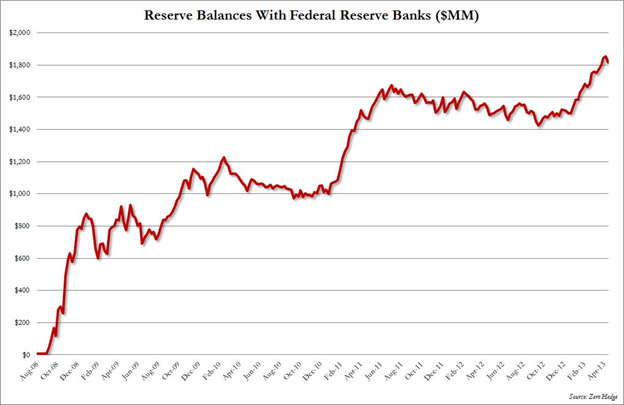
We are in a world so dependent on debt and fossil fuels. Current trends on climate change and quantitative easing cannot be changed until we change the mindsets of people to think ahead. Planning is gone for Carpe Diem. I like the concept to live for the moment, but what if the next moment depends on how you live in this moment. Do you want more moments? We do not live in Hollywood we live in reality. Please take care of yourselves – eat healthy – do not over-extend your finances – reduce the temptation to keep up with the Jones.
The world will not end because of climate change and quantitative easing. However the world could be very different and potentially less inhabitable and stable if we don’t start dealing with some of our issues which require thought. The probabilities of significant harm to society may not be significant (+50%) but given the extent of outcomes it does make it worthwhile to do some actions similarly as we buckle up.
Your very concerned and thoughtful Energy Analyst,
614-356-0484
“What is the hardest thing in the world – To think” Ralph Waldo Emerson.
Revisited Post – Coal is not Dead!
Coal is not dead as I pointed out in last years post – https://allenergyconsulting.com/blog/2012/04/11/the-demise-of-coal-overstated/
I am sorry I am late in publishing my blog. Life is catching up on me. For a quick blog I thought I review what I wrote around this time last year. It was good that I was right. Gas prices have significantly firmed up relative to last year – in fact they have DOUBLED!
As I pointed out in my blog last year, much of the downfall can be attributed to the weather. There is some attribution for weather again for the move up. This years winter was cold relative to normal. Global warming this year took a break – unfortunate for those in Ohio. We actually had a freeze warning last week! Nonetheless, as I expected, prices of natural gas price rose from their extreme low. Even if winter was not as cold but normal, I am sure gas would be still north of $3.75/mmbtu.
The fun thing to watch this year will be spot prices of coal. I suspect we will see firming in the spot prices as I expect many coal generators given their pain over the past few years under contracted the amount of coal they will actually consume. This may not present itself till after June/July given they are right now suspecting weather could save them.
I am still working on my piece of Global Warming and Quantitative Easing and their similarities. Just like the hockey stick issue that occured in Global Warming – looks like there is a hockey stick issue for QE in academia – http://www.forbes.com/sites/realspin/2013/04/18/that-reinhart-and-rogoff-committed-a-spreadsheet-error-completely-misses-the-point/
Please do consider All Energy Consulting for your energy consulting needs. The blog has documented our general outlook. As you can review my blog we are quite prescient of the future as it pertains to energy.
Your very Prescient Energy Consultant,
David K. Bellman
614-356-0484
Refining in the 21st Century Part 2
Part 2: Where do we go from here….
“It is far better to foresee even without certainty than not to foresee at all.” Henri Poincare
It is very important to ponder the implications discussed in Part 1. There is quite a bit of uncertainty but one should not give up the process of predicting. The very process of forecasting can gain you immense knowledge even when you fail miserably. Forecasting takes time and humility. Very similar to wine if you keep at it – like I have been – it will be much better over time. And like a good cellar – having a consultant, like myself, guiding you through the process, your wine will come out better and require less aging.
Subsidies are being removed in many regions with the intent of going to market based pricing. However monetary policy has not changed and will not likely in the near future. I believe we will continue to be priced in the $100/bbl range plus or minus $20/bbl. There is a chance with economic destabilization, prices may fall somewhat; but I suspect it will be temporary as printing becomes the only acceptable way to avoid pain.
Given this new elevated pricing of $100/bbl, we expect to see healthy absolute margin with the return on feedstock falling to around 16-18% rate of return. This, coupled with lower requirements of refining complexity, should allow many smaller refiners to prosper.
There is no doubt that there is a systematic issue with DOE/EIA models of the petroleum market – see below graph. The model wants to revert back to an historical level of absolute margin forgetting the business/economics side. The risk is not commensurate with a 5% return if we use the crack spread as a guide to returns. The AEO 2010 was wrong and I suspect the final AEO 2013 will be wrong. Being wrong is inevitable, but the level of error is too large to be acceptable. They have not learned from their errors which is key component in successful forecasting. Question everything! You drive your model not the other way around. Common business understanding would likely lead a model to produce a retirement cycle when returns fell below 10%, and then a rebound in returns as the market responds to loss of refining capability. Hopefully oil pundits stay away from this type of modeling.
As noted in the previous blog, there are some very interesting inter-relationships worth pondering for the future. I have given a general assessment of the future and even though I believe in knowledge sharing, there is a pragmatic side of me that requires me to hold back some information in order to balance my business side. If you were to send me an email with a business email and a description of your business role I will offer an additional write ups with graphs detailing a “base” case projection.
It is quite intentional to see that part 2 is much briefer than part 1. As a forecaster, one should spend a lot more time understanding the past and the inputs going into your model. The forecast stands on the past understanding and is the marginal output of all your work.
Your Pragmatic Energy Analyst,
614-356-0484


